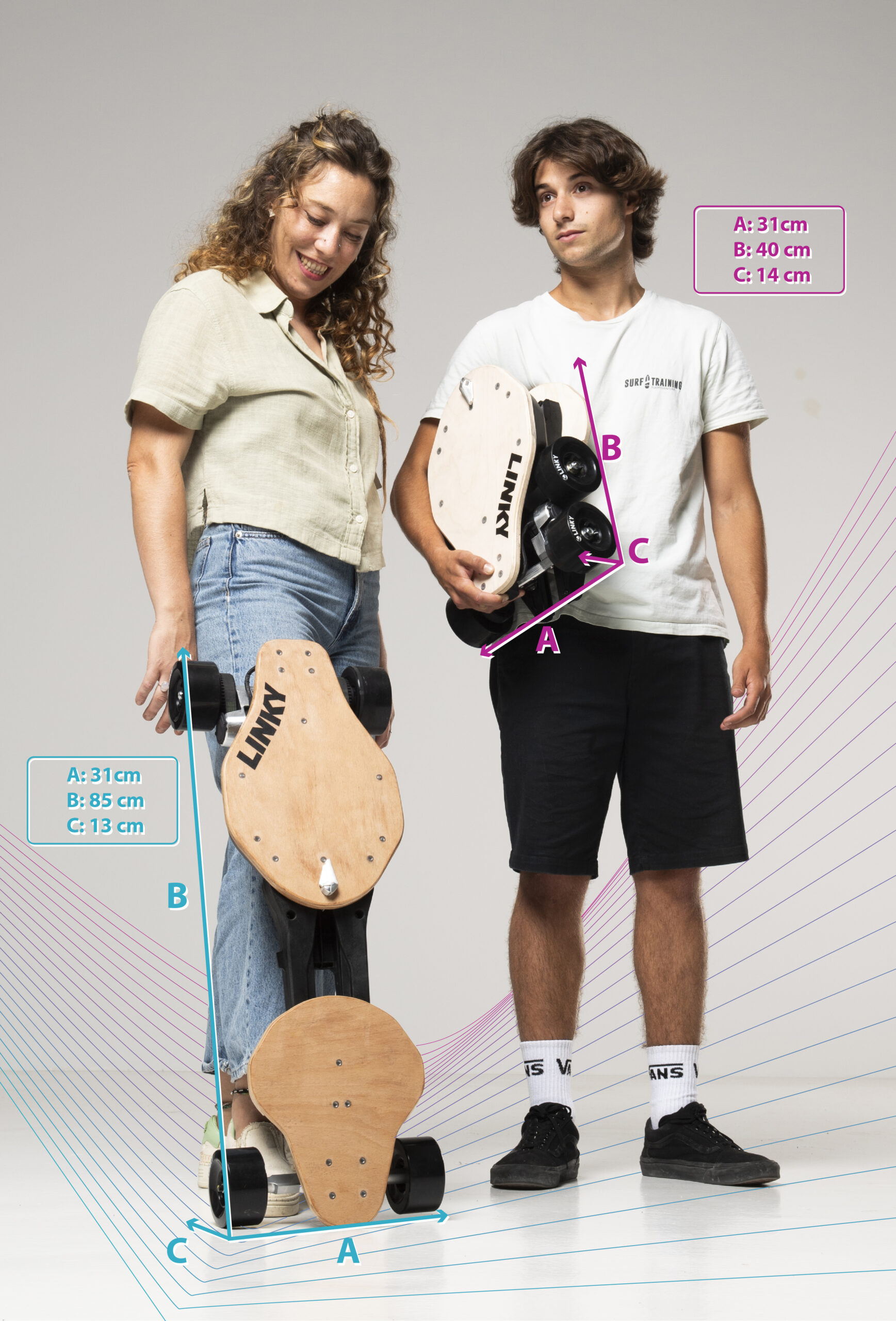Imagine a city where car parks are relics of the past, where streets are reclaimed for people, and urban spaces are designed to foster community, sustainability, and innovation.
Urban Space Reimagined
Recent studies have found that in many US cities parking spaces occupy more land that the building themselves. esearch by the International Parking Institute (2012) highlighted that in some urban areas, there can be as many as eight parking spaces per car.
Without the need to allocate vast areas for parking, urban spaces can be dramatically reimagined and repurposed. Streets once lined with parked cars could be transformed into green boulevards, pedestrian promenades, and bike lanes. This would create a more pleasant and safer environment for residents, encouraging walking and cycling as primary modes of transportation.
Former parking lots could be converted into parks, community gardens, and recreational areas, providing much-needed green spaces in densely populated urban centers, as well as much needed extra housing. The new green spaces would improve air quality, reduce urban heat islands, and support biodiversity. Additionally, they would serve as social hubs where people can gather, interact, and build stronger community ties.
Moreover, reduced traffic congestion and lower transportation costs would enhance productivity and improve health and the overall quality of life.
The transformation of Times Square into a pedestrian plaza increased foot traffic and economic activity. This project removed vehicular lanes and converted them into pedestrian spaces, resulting in a 180% increase in retail sales in the area.
A city without car parking would be more inclusive and equitable. By prioritizing public transportation, walking, and cycling, urban mobility would become accessible to all, regardless of income level. This would help bridge the gap between different socioeconomic groups and ensure that everyone can participate fully in urban life.
People would be incentived to give up car ownership, with huge personal financial benefits: no devaluation, property tax, insurance, maintenance costs, tickets and repair costs.
Enhanced Public Transportation
A city without car parking necessitates a robust and efficient public transportation system. In this visionary city, public transport would be the backbone of urban mobility. A network of high-frequency buses, trams, and trains, seamlessly integrated with cycling and walking paths, would ensure that all areas of the city are easily accessible.
Shared mobility platforms, supported by real-time data and mobile applications, would provide convenient and flexible transportation options.
The Personal Electric Vehicle (PEV) revolution
PEVs, like e-bikes and e-scooters, are integral to this transformative urban concept, for several reasons: they are clean, consume little energy and take little cost. They are cheap in terms of purchase price and maintenance cost. They encourage moderate physical excercise and social engagement.

Linky, world’s the first foldable e-skate has it all. But compared to other PEV, offers the highest portability and the most convenient integration with public transport networks, due to its record low weight (5.8 kg) and reduced dimension (it fits in a back pack). With Linky, the need to park is completely eliminated: you take it with you and store it in your locker or under your desk.
Linky is at the forefront of the Urban Revolution!

It would be good to be in a city without cars and carparks. It would be safer and more peaceful.